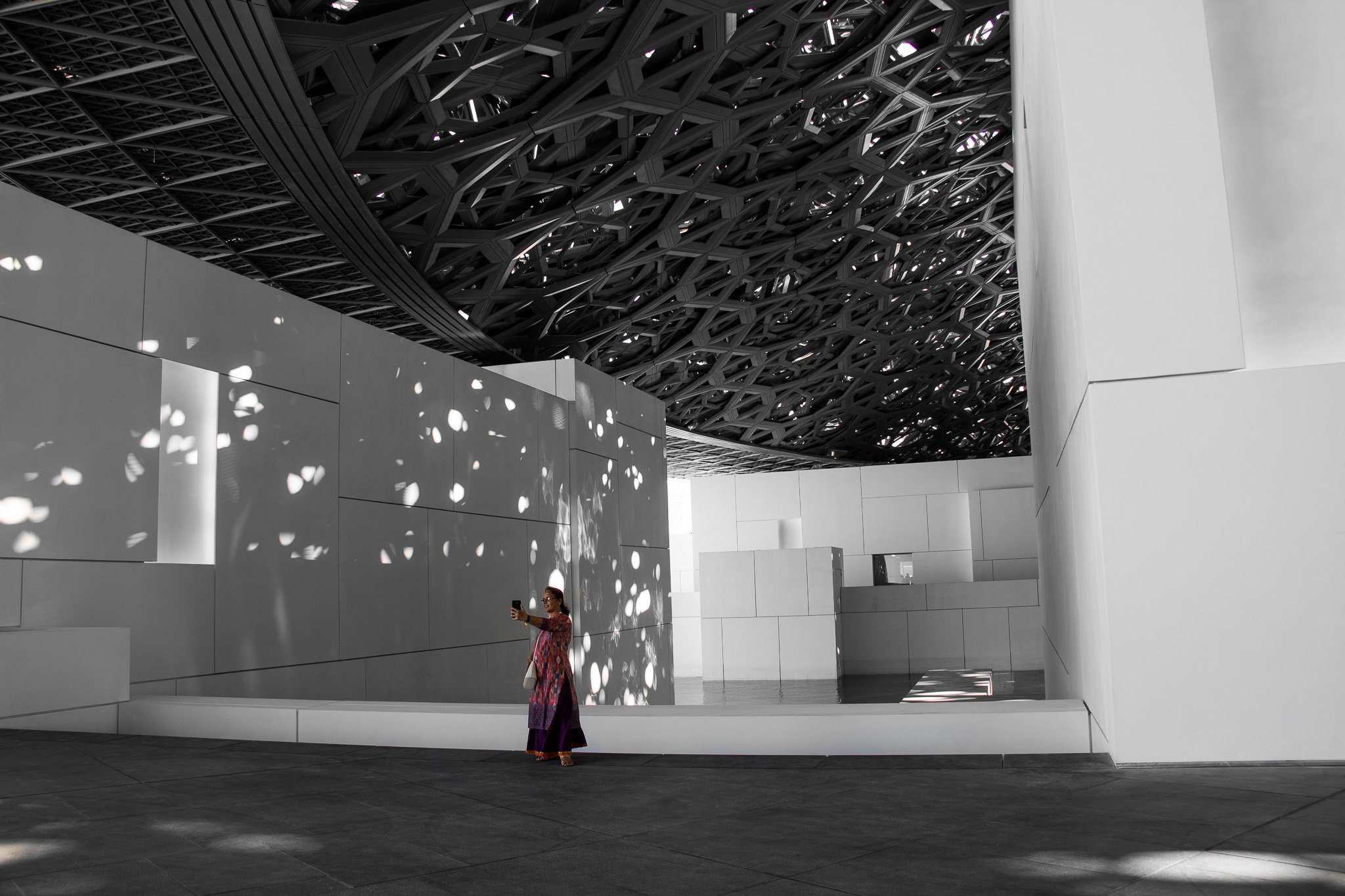As the Grand Egyptian Museum inches toward its long-awaited opening, albeit behind schedule, a renewed focus on "repatriation" efforts is gaining momentum, spearheaded by the renowned Egyptian archaeologist and former Minister of State for Antiquities Affairs, Dr Zahi Hawass. Fondly dubbed 'the real-life Indiana Jones,' Hawass has initiated a petition to reclaim several high-profile Egyptian artifacts, with particular emphasis on the Rosetta Stone, the Dendera Zodiac, and the bust of Nefertiti.
The Rosetta Stone, a pivotal discovery near the town of Rosetta (northeast of Alexandria) in 1799, was a key to deciphering ancient Egyptian hieroglyphs. While initially found by the French during their control over Egypt, it was later transported to London by the British after their victory over the French, and it has remained in the British Museum for the last 200 years.
The Dendera Zodiac, an astrophysical marvel carved on a sandstone ceiling, was discovered during Napoleon's campaign in Egypt in 1801. It shows 5 planets known at the time by the Ancient Egyptians in an alignment that we know today only occurs once every one thousand years. This finding allows astrophysicists to date the zodiac between June 15 and August 15, 50 BCE. In the early nineteenth century, it was blasted out of the temple’s ceiling by an antiquities collector and shipped to France and ever since, it has remained in the Louvre Museum.
The 47 cm bust of Queen Nefertiti, an iconic symbol of beauty and power, painted around 1340 BC, was unearthed by German archaeologists in 1912 and relocated to Germany, where it has remained in a small glass case at the Neues Museum in Berlin. As an aside, dear reader, she is beautiful, and it was my one souvenir purchase from a shop in Egypt. I bought my own small bust of Nefertiti.
“I’m not after every artifact,” says Hawass. “Museums have thousands and thousands of artifacts. I’m only after the three unique [objects] that should come back to be shown” in the soon-to-open GEM.
While Dr Hawass advocates for the return of these distinct artifacts, the Egyptian government's stance remains somewhat ambiguous. The current Minister of Tourism expresses commitment to repatriation efforts but is also 100% committed to the laws whereby artifacts obtained lawfully are under new ownership, but anything obtained unlawfully should be returned to Egypt.
So, how much are we talking about, dear reader?
There are numerous museums around the world with extensive collections. The sheer scale of artifacts dispersed worldwide is staggering, with hundreds of thousands housed in various museums:
British Museum, London, England: about 100,000 artifacts
Neues Museum, Berlin, Germany: about 80,000 artifacts
Petrie Museum of Egyptian Archaeology, London, England: about 80,000 artifacts
Musée du Louvre, Paris, France: 77,404 artifacts
Boston Museum of Fine Arts, Boston, Massachusetts, USA: about 45,000 artifacts
Kelsey Museum of Archaeology, Ann Arbor, Michigan, USA: over 45,000 artifacts
University of Pennsylvania Museum of Archaeology and Anthropology, Philadelphia, Pennsylvania, USA: over 42,000 artifacts
Ashmolean Museum, Oxford, England: about 40,000 artifacts
In total, 33 museums each have over 5,000 artifacts, but an additional 23 with over 1,000 artifacts and over 60 with 100 or fewer artifacts from Perth, Australia, to Basal, Switzerland, Montreal, Canada, and Moscow, Russia.
Much of the large acquisitions of artifacts result from collaborating with the museum and the Egyptian government to conduct extensive fieldwork. Since the early excavations in the 19th century, concessions were made that the foreign excavators could take half of their finds, but the other half was to remain in Egypt.
It’s argued by some Egyptian officials and other international archaeologists that housing artifacts in foreign museums have better protected the objects from damage or theft. Given the event of the Arab Spring in 2011, which saw looters target the Egyptian museum and other sites, the artifacts are safer in foreign institutions. It’s also suggested that the sharing of these artifacts across the globe is great marketing for tourists to visit Egypt or, at a minimum, have an opportunity to see and learn about ancient Egyptian history if they are unable to travel.
The repatriation debate's dilemma extends beyond Egypt, echoing similar discussions about cultural artifacts worldwide. This predicament for Egypt is no different than exhibitions of Athenian pottery outside of Greece, jade objects outside of China, or the art of Van Gogh being outside of The Netherlands.
The predicament prompts contemplation on whether these objects, representing human history and culture, should be considered more "universal" and made accessible to the global public or if their return to their places of origin is a rightful restoration of cultural heritage.
The Karl Chronicles does not take a stance on this matter but presents it as an intriguing consideration, inviting reflection on the complexities of cultural heritage in an ever-evolving world marked by shifting empires and geographical boundaries.
For this chronicle, I wanted to share some images of the Louvre Abu Dhabi, which officially opened in 2017. The construction of the new Louvre cost about €600 million, add onto that a contractual fee paid by the UAE to the Government of France of approximately €450 million for association with the Louvre name, then another €700 million in exchange for art loans and special exhibitions. There are 12 exhibitions that guide you from prehistory to contemporary art, curated to " bridge the gap between Eastern and Western art" including artifacts of Egyptian history.
If you are new to the Karl Chronicles, get caught up on our expedition around the world! Start here 150 highlights from 150 Chronicles
Then get caught up on the rest of our journey, click here for more Karl Chronicles
The Karl Journey is now registered as an official expedition with the Royal Geographical Society








